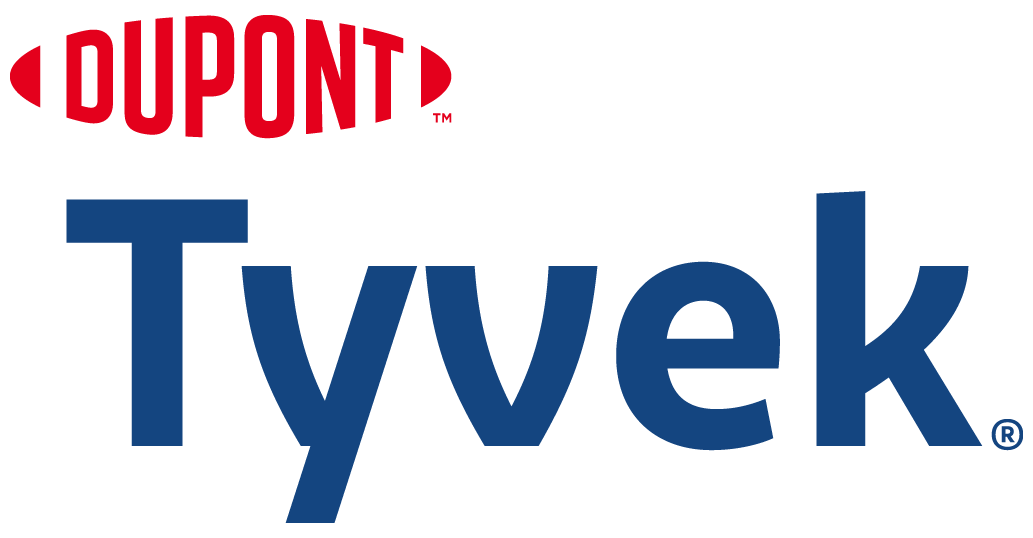The Johns Hopkins University in Baltimore, US and DuPont have signed agreements that allow DuPont to commercialise a garment with innovative features from Johns Hopkins to help protect people on the front lines of the Ebola crisis and from future deadly infectious disease outbreaks.
DuPont intends to have the first of these garments available in the marketplace during the first half of 2016.
The collaboration between the partners began in response to the humanitarian need identified by the US Agency for International Development (USAID) during the recent Ebola outbreak in West Africa. In this region, the Ebola virus has infected more than 28,000 patients and resulted in more than 11,000 deaths. Harsh climates and ill-equipped health systems have led to tough working conditions that made it particularly difficult to keep the infections at bay. As the disease spread, many nurses, doctors and others were fatally infected by the patients they were treating.
The World Health Organisation has confirmed more than 800 Ebola cases among healthworkers in Guinea, Liberia and Sierra Leone, leading to more than 500 related deaths.
After these figures were released, public health experts, scientists and biomedical engineers in the public and private sectors were called on to help. In December, the USAID selected the new Johns Hopkins prototype protective garment, made of a DuPont advanced material, as one of the first five projects to receive funding to address the healthcare challenge posed by Ebola.
The prototype garment was developed by the Johns Hopkins Centre for Bioengineering Innovation and Design (CBID), with input from global health partner, Jhpiego, a Johns Hopkins affiliate. Incorporating some elements from the prototype, the garment design from DuPont will feature a rear zipper and a 'cocoon-style' removal process that requires far fewer steps thereby reducing risk. The DuPont garment may include an integrated hood with a large clear visor.
The collaboration with DuPont will expedite wide market access for the garment.
Under the agreements, Johns Hopkins will assist DuPont in evaluating prototype garments produced by the personal protective clothing expert and will help in the preparation of information for users.
Further terms of the agreements were not disclosed.
Youseph Yazdi, Executive Director of CBID, said: 'This unique collaboration brings together the biomedical ingenuity of Johns Hopkins, the global healthcare experience of Jhpiego and the strategic industrial innovations of DuPont to help save lives worldwide.
'Although this project was triggered by the recent Ebola outbreak, we believe the improved protective suit’s design will be impactful in future infectious disease outbreaks as well.'
Marc Doyle, Senior Vice President DuPont Safety & Protection, added: 'Our participation in the USAID Grand Challenge and subsequent collaboration with Johns Hopkins and Jhpiego is an example of how DuPont engages with partners to address a global challenge. We look forward to the next step of making this protective apparel solution available where it is needed for both emergency response and preparedness.'
Jhpiego will field-test the DuPont prototype garment in Liberia, one of the three African countries hit hardest by the recent Ebola outbreak.
Leslie Mancuso, President and CEO of Jhpiego, said the new garment will help ensure that frontline health workers can respond safely and with confidence to any new infectious disease outbreak.
'Hundreds of nurses, midwives and physicians selflessly responded to the Ebola outbreak and lost their lives trying to save others,' said Mancuso.
'The response of Johns Hopkins, Jhpiego and DuPont to the humanitarian challenge offers a model of the ingenuity and dedication of the public and private sector to improve global health.'





